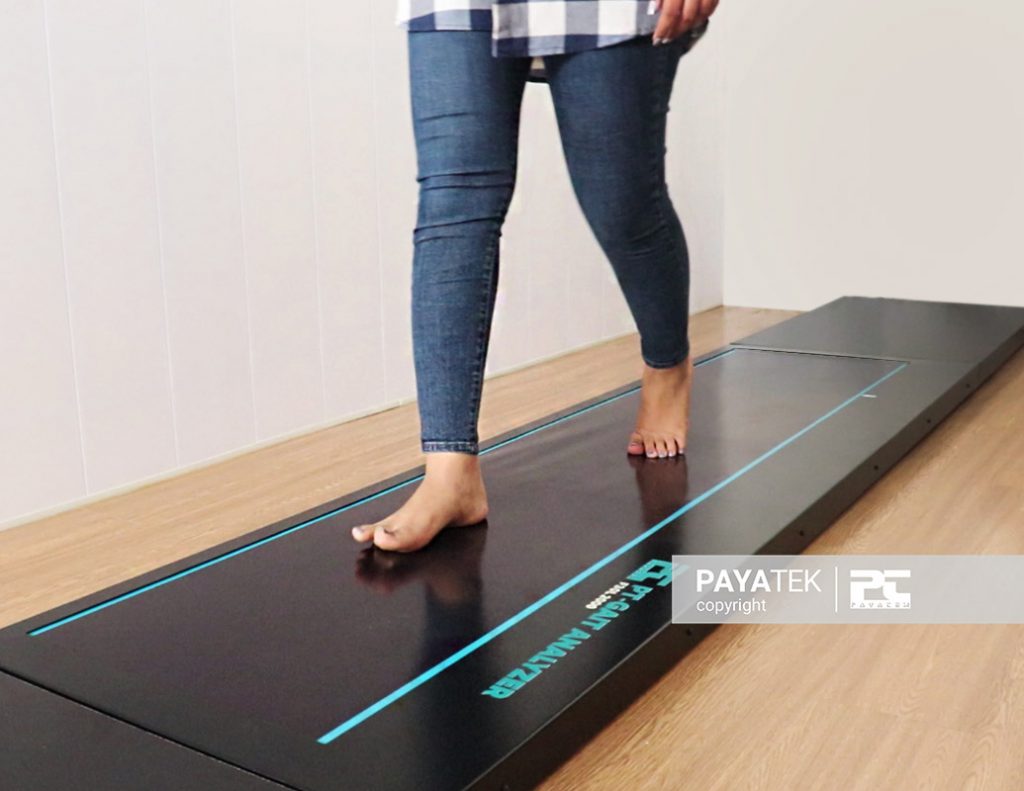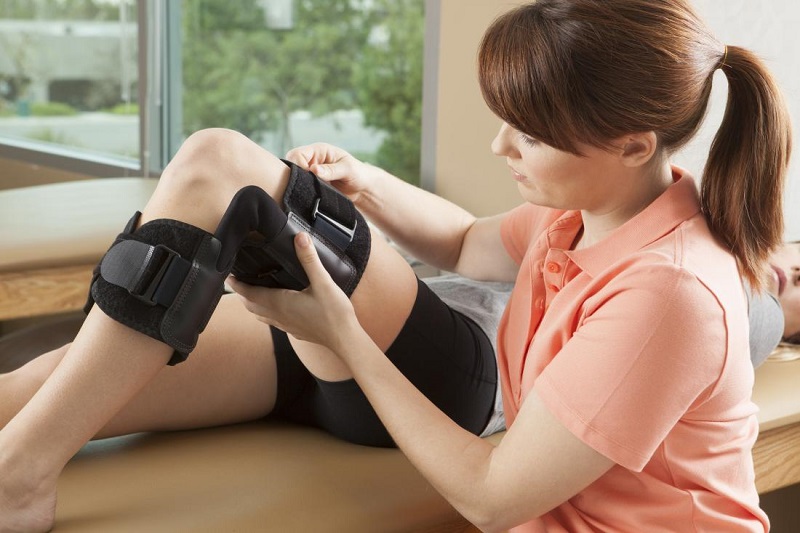An abnormal gait or walking abnormality occurs when a person cannot move normally. Various reasons, such as injuries, joint pains, basic movement problems, abnormalities of the skeletal system or defects in the lower legs and plantar cause this. In this article we discuss abnormal gait, the treatment, and ways to prevent abnormal walking.
It seems that walking is a simple activity, but we must know that many body systems, such as muscles and nerves, are involved in walking in order to walk correctly. Walking will become abnormal whenever any of these organs do not perform their duties properly.
1. Definition of abnormal gait
An abnormal gait occurs when the body organs that are responsible for controlling the way a person walks do not function normally. Gait analysis shows the way a person steps and displays the exact characteristics of human locomotion. Abnormal gait can have various causes include:
- Illness and pain
- Genetic issues
- Injury
- Abnormalities of feet, legs, ankles and plantar
- trauma
- inflammation
In some cases, the gait abnormality disappears for no reason. But sometimes these side effects remain permanent. In both cases, physical therapy and massage can help improve a person’s gait and reduce any uncomfortable symptoms. Gait analysis is usually performed by a physical therapist, a podiatrist, and some sports trainers.
2. Types of abnormal gait
Abnormal gait is classified into five types based on the symptoms or appearance of the person’s gait. These includes:
2-1. Spastic Gait
The first abnormal gait is spastic gait. A spastic gait occurs when a person drags their legs while walking, caused by a long muscle contraction on one side.
2-2. Scissors Gait
The second abnormal gait is Scissors gait. Walking with the knees and thighs crossed or pressed against one another is known as a scissor gait, so a scissoring gait is characterized by the knees and thighs crossing in a manner analogous to scissors while walking.
It’s caused by high muscle tone (spasticity) in the hip adductors. The hip adductors are the muscles responsible for bringing the thighs together. Because these muscles remain contracted, internal hip rotation occurs and the upper half of the legs cannot separate while walking.
2-3. Steppage Gait
The third abnormal gait is Steppage gait. Steppage gait, or drop foot, is the inability to lift the foot while walking due to the weakness of muscles that cause dorsiflexion of the ankle joint. Steppage gait is not a commonly seen condition. This disorder makes the patient unable to point their toes toward their body. Additionally, this makes it difficult to turn the foot inside or outward from the ankle, which leads to difficulty walking as a result of the inability to control the ankle.
The following video is an example of this movement.
2-4. Waddling Gait
This gait is also called “DUCK GAIT” because the patient is walking like a duck. While walking, the patient’s body sways from side to side on a wide base. Therefore, the patient lurches on both sides while walking. The patient can’t stabilize the pelvis in this disorder. When one side of the pelvis drops, in order to avoid falling, the patient will laterally bend the trunk to the opposite side.
2-5. Propulsive Gait
It is characterized by a stooping, rigid posture, with a forward head and neck posture. Steps in a propulsive gait have a tendency to become faster and shorter. This type of gait is commonly associated with Parkinsonism.
In addition to these five categories, people who limp are also considered to have an abnormal gait. Like other problems, this limp may be permanent or temporary. In some cases, this problem can be treated without the intervention of a specialist.
3. Causes of abnormal gait
Leg injuries may cause abnormal gait in the short term and the long term in some cases. Sometimes a person may have difficulty walking due to problems such as bruise, cut or fracture. These may also cause them to limp or walk differently, but they are not considered as the causes of abnormal gait.
But there are several diseases that can attack the nervous system and legs, resulting in abnormal gait. Some of the most common causes of abnormal gait include:
- Injury in one or both legs
- Arthritis
- Infection in the soft tissue of the feet
- trauma
- inflammation
- pain
- Broken bones in one or both legs
- Birth defects
- Inner ear infection
- parkinson’s disease
- Cerebral Palsy
- stroke
- tendonitis
- Psychopathy
- Shin Splits
- Legs that are of different lengths
4. Detection of abnormal gait
Abnormal gait can be diagnosed by a specialist. Today, specialists use gait analysis devices to check the exact details and obtain the human gait cycle. The gait analysis device examines how the body moves when walking or running from one location to another. A person’s walking is a combination of complex functions in the visual, sensory (pain, pressure, heat, etc.), and skeletal systems of the body. Problems in any of these systems, as well as problems with the involved joints, can lead to visible abnormalities in walking.

5. Treatment and management of gait disorder
If the underlying medical condition is the cause of the abnormal gait, the person’s gait should be corrected while treating the condition. This is often true for broken bones, as they can be treated with a cast and splint. Other injuries may require surgery or physical therapy to restore normal walking.
In long-term cases of abnormal gait, the person may need to use assistive devices for treatment. These can include the following:
- Leg braces
- Orthopedic insoles medical foot correction Crutch
- medical canes and walking sticks
- walker
In most cases, treatment can at least reduce the severity of symptoms, though it cannot always completely correct abnormal gait.
6. Avoidance of the bad habit of walking
Leg braces are one of the options to prevent abnormal gait conditions from worsening.
In certain cases, whether this is a genetic disorder or a specific disease, a person cannot prevent it. Individuals occasionally walk incorrectly to avoid further injuries.
Prevention steps include the following:
- Avoid participating in contact sports like wrestling, judo, and karate
- Wearing protective gear and equipment
- Wearing appropriate shoes during physical activity
- Wearing a leg brace, if necessary

7. Conclusion
A person with an abnormal gait problem may experience additional pain related to their walking pattern. Some problems are short-term and easy to treat, while others can last a lifetime. The gait analysis device is the best tool for experts to accurately diagnose walking abnormalities.
Physical therapy or physiotherapy and other treatments can help reduce or improve abnormal gait. Also, people should refer to a podiatrist, physiotherapist, sports trainer, and other related specialists to take care of their conditions.

 فارسی
فارسی